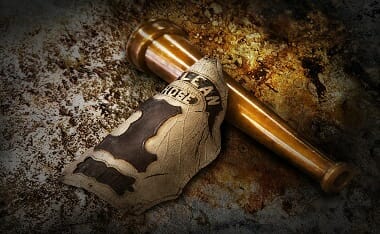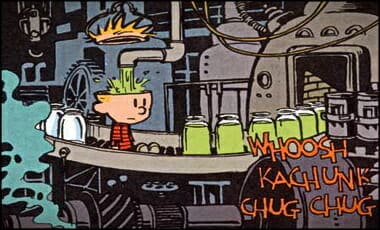Dennis Prager had Lee Habeeb on to discuss his article “The Story of the Great Chicago Fire — and Its Great Recovery” Previously I uploaded Habeeb discussing school indoctrination.
Larry Elder mentions this in passing in his book, “TEN THINGS YOU CAN’T SAY IN AMERICA,” in which he notes:
In 1871 a fire nearly destroyed the entire city of Chicago, yet, the city rebuilt itself with virtually no government assistance.
The mayor of Chicago put a nonprofit agency, the Chicago Relief and Aid Society, in charge of accepting and distributing the charitable contributions that poured in from all around the country. The police maintained order and attempted to keep looting to a minimum. But this was about the extent of the government’s role.
Just two weeks after the fire, 0. C. Gibbs of the Chicago Relief and Aid Society issued a circular to all Society personnel. The contents of that memo are worth quoting at length:
Every carpenter or mason can now earn from three to four dollars per day, every laborer two dollars, every half-grown boy one dollar, every woman capable of doing household work from two to three dollars per week and her board . . . Clerks, and persons unaccustomed to outdoor labor, if they cannot find such employment as they have been accustomed to, must take such as is offered or leave the city. Any man, single woman, or boy, able to work and unemployed at this time, is so from choice and not from necessity…
Give no aid to any families who are capable of earning their own support, if fully employed….
No aid should be rendered to persons possessed of property, either personal or real, from which they might, by reasonable exertions, procure the means to supply their wants, nor to those who have friends able to help them.
The Society received some criticism for its arguably bureaucratic way of administering aid, but most observers called its work outstanding. The organization’s meticulous record keeping and careful investigation of applicants helped to detect fraud, making sure beneficiaries truly needed assistance, unlike the “get-in-line, here’s-a-check” mentality of today.
If the city of Chicago, now the nation’s third-largest city, could rebuild itself without government assistance, why assume government is required for individuals to rebuild themselves?
- (New York, NY: St. Martins Press, 2000), 192-193.

